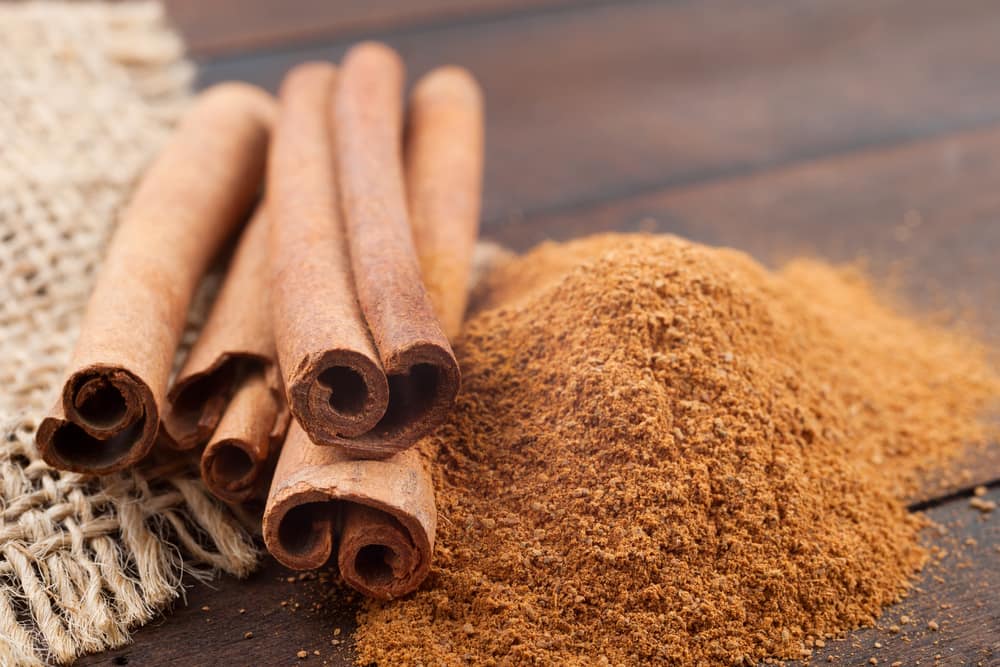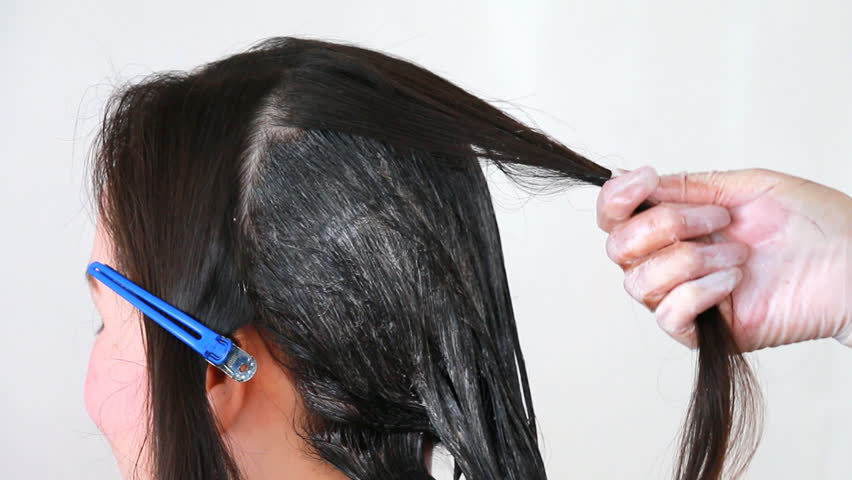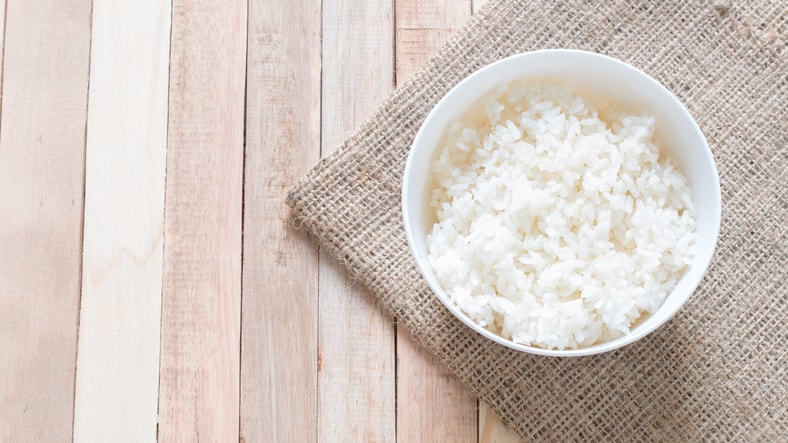Contents:
- Medical Video: How some plants and fruits, like limes, can cause severe skin reactions
- Is it true that lime can cause sunburn?
- What is that phytophotodermatitis?
- So, how to prevent the condition?
Medical Video: How some plants and fruits, like limes, can cause severe skin reactions
Lime does have many health benefits. However, do you know if lime can also cause skin to burn if exposed to sunlight? Quoted from the Women 's Health page, a man from the United States named Adam Levy (52) did not expect that he suffered second degree burns while preparing for the princess' graduation party. He claimed to have never been exposed to fire or other heat sources but his hands were still blistering and swollen.
After tracing, the treating doctor stated that Adam was exposed to the condition phytophotodermatitis, that is a reaction on the skin due to exposure to chemicals contained in vegetable fruits because of sunlight. Adam was allegedly exposed to chemicals from lime juice while preparing his daughter's graduation party.
Is it true that lime can cause sunburn?
Dr. Delphine Lee, MD, Ph.D., a skin specialist explained that furocoumarins contained in lime can indeed cause skin damage if exposed to ultraviolet A (UVA). In addition to lime, these substances are also contained in other fruits and vegetables such as carrots, celery, sweet potatoes, and citrus fruits (eg mandarin oranges, limes, lemons, and grapefruit).
The problem is, you may not immediately realize this condition. Most people just feel symptoms such as pain, swelling, and blisters appear a few minutes or even several hours after exposure to sunlight.
In mild cases, your doctor may prescribe an anti-inflammatory ointment to reduce discomfort. In Adam's case, the enlarged blisters were then broken and then bandaged to prevent infection. These patients also get steroid drugs and antihistamines to reduce swelling.
Until now there has been no concrete research that shows how many lime oranges are capable of providing burns like Adam's. However, experts suspect exposure to UVA rays with lime produces phytophotodermatitis.
What is that phytophotodermatitis?
Phytophotodermatitis is a condition that occurs when chemicals contained in certain types of plants cause the skin to burn or become inflamed when exposed to sunlight. This condition occurs when a person is in direct contact with plants. In the case reported above, Adam came into direct contact with lime juice.
Symptoms phytophotodermatitis the most common are reddish, inflamed, itchy skin, the skin feels burning like burning which is then accompanied by the appearance of blisters. Generally, symptoms appear one to three days after exposure to sunlight. Most people experience symptoms phytophotodermatitis can improve on its own. But in serious cases, this condition requires medical treatment to relieve symptoms.
If the initial symptoms improve, usually after 7 to 14 days, your skin may appear brownish spots known as hyperpigmentation. This condition can last for weeks or even months.
So, how to prevent the condition?
There are some simple ways you can do to prevent it phytophotodermatitis, that is:
- Avoid applying lime juice directly on your skin because exposure to sunlight afterwards can cause conditions as described above.
- Identify which plants are allergens or which can irritate the skin around you so you can avoid direct contact with these plants.
- Always wash hands with soap and water thoroughly after cooking, spending time outdoors, or gardening. Hand washing is the best way to remove chemicals contained in plants from the skin.
- Wear gloves when gardening.
- Always use sunscreen that contains high SPF when you want to do outdoor activities, especially if during the day.













